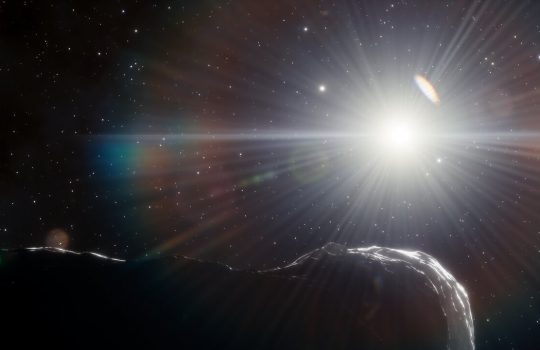Wobbling into the new frontier of physics: VSP Awardee Brynn MacCoy contributes detector systems to Muon g-2 experiment to test Standard Model
From the Universities Research Association, October 31, 2022: Brynn MacCoy is a physics doctoral candidate at the University of Washington and the Fall 2019 URA Visiting Scholar Program (VSP) Awardee. With an extension of URA assistance, MacCoy returned to Fermilab earlier this year allowing her to install the Minimally Intrusive Scintillating Fiber Detector.




